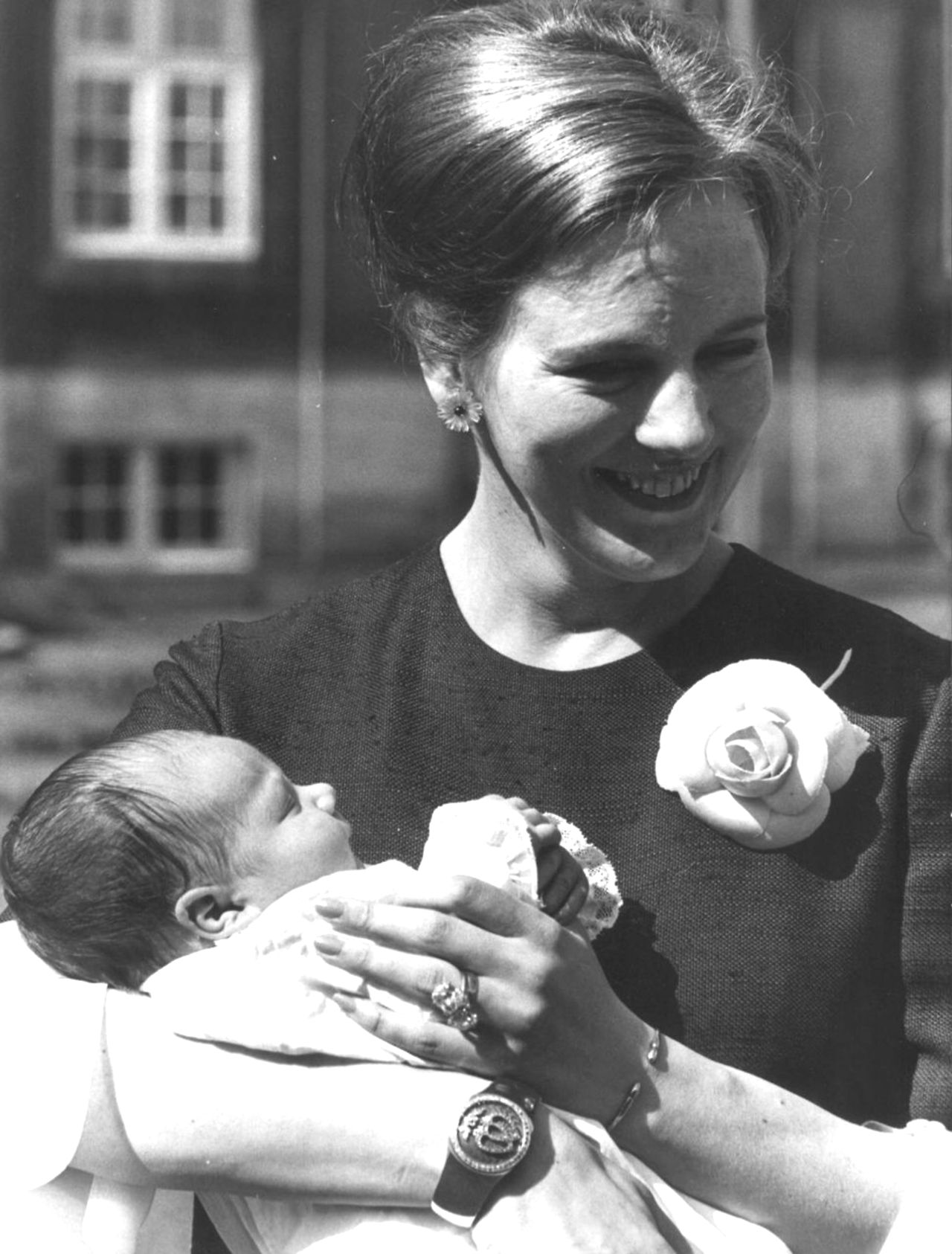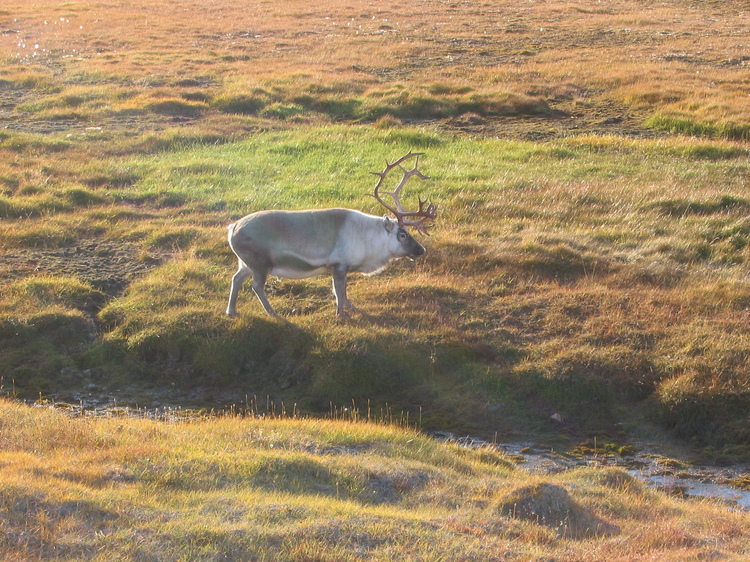|
Hadsten
Hadsten (locally ) is a railway town in central Denmark with a population of 8,345 (1 January 2023),BY3: Population 1. January by urban areas, area and population density The Mobile Statbank from Statistics Denmark and the largest town in Favrskov Municipality, located in Region Midtjylland in Central Jutland. Until 1 January 2007 it was the site of the municipal council of the now former Hadsten municipality. Other names for Hadsten are: Hadsten Stationsby. Hadsten has many educational institutions, including a technical school, Gymnasium (Denmark), gymnasium (Secondary school), and folk high school. Hadsten is famous for having one of the largest model railways in Europe. Besides that, Hadsten has the shortest pedestrian street in Europe. In Denmark, pronunciation of the town's nam ... [...More Info...] [...Related Items...] OR: [Wikipedia] [Google] [Baidu] |
Favrskov Municipality
Favrskov Municipality ( da, Favrskov Kommune, ) is a municipality in Central Denmark Region in Denmark north of Aarhus and is a part of the Aarhus area. According to municipal and regional key figures the municipality covers an area of and had a population of 47,177 as of 1 April 2014. The largest towns within the municipality are Hadsten, Hinnerup and Hammel. Favrskov Municipality was created on 1 January 2007 as a result of ''Kommunalreformen'' ("The Municipal Reform" of 2007). It is a fusion of the former municipalities of Hadsten, Hammel, Hinnerup, and Hvorslev, as well as the southern part of the former Langå Municipality. The northern parts of Favrskov Municipality, consisting roughly of the former municipalities of Hadsten, Langå and Hvorslev, are part of the larger geographical region of ''Kronjylland'' (Crown Jutland). The municipality is part of Business Region Aarhus and of the East Jutland metropolitan area, which had a total population of 1.378 mi ... [...More Info...] [...Related Items...] OR: [Wikipedia] [Google] [Baidu] |
Hadsten Municipality
Until 1 January 2007 Hadsten municipality was a municipality (Danish, '' kommune'') in Aarhus County on the Jutland peninsula in central Denmark. The municipality covered an area of 139 km², and had a total population of 11.818 (2005). Its last mayor was Anders G. Christensen, a member of the Venstre (Liberal Party) political party. The main town and site of its municipal council was Hadsten. The Little River ('' Lilleå'') runs through the former municipality, and through the center of the town of Hadsten. Hadsten municipality ceased to exist due to ''Kommunalreformen'' ("The Municipality Reform" of 2007). It was merged with Hammel, Hinnerup, and Hvorslev municipalities, as well as the southern part of Langå municipality to form the new Favrskov municipality. This created a municipality with an area of 487 km² and a total population of ca. 41,596 (2005). The new municipality belongs to Region Midtjylland The Central Denmark Region ( da, Region Midtjylland), or mo ... [...More Info...] [...Related Items...] OR: [Wikipedia] [Google] [Baidu] |
Denmark
) , song = ( en, "King Christian stood by the lofty mast") , song_type = National and royal anthem , image_map = EU-Denmark.svg , map_caption = , subdivision_type = Sovereign state , subdivision_name = Danish Realm, Kingdom of Denmark , established_title = History of Denmark#Middle ages, Consolidation , established_date = 8th century , established_title2 = Christianization , established_date2 = 965 , established_title3 = , established_date3 = 5 June 1849 , established_title4 = Faroese home rule , established_date4 = 24 March 1948 , established_title5 = European Economic Community, EEC 1973 enlargement of the European Communities, accession , established_date5 = 1 January 1973 , established_title6 = Greenlandic home rule , established_date6 = 1 May 1979 , official_languages = Danish language, Danish , languages_type = Regional languages , languages_sub = yes , languages = German language, GermanGerman is recognised as a protected minority language in t ... [...More Info...] [...Related Items...] OR: [Wikipedia] [Google] [Baidu] |
Frederik, Crown Prince Of Denmark
Frederik, Crown Prince of Denmark, Count of Monpezat, (Frederik André Henrik Christian; born 26 May 1968) is the heir apparent to the Danish throne. He is the elder son of Queen Margrethe II and Prince Henrik. Early life Crown Prince Frederik was born at Rigshospitalet the Copenhagen University Hospital in Copenhagen, on 26 May 1968, to the then Princess Margrethe, oldest daughter of Frederick IX and heir presumptive to the Danish throne, and Prince Henrik. At the time of his birth, his maternal grandfather was on the throne of Denmark and his matrilineal great-grandfather was on the throne of Sweden. He was christened on 24 June 1968, at Holmen Church, in Copenhagen. He was named Frederik for his maternal grandfather, King Frederick IX, continuing the Danish royal tradition of the heir apparent being named either Frederick or Christian. His middle names honour his paternal grandfather, André de Laborde de Monpezat; his father, Prince Henrik; and his maternal great-grand ... [...More Info...] [...Related Items...] OR: [Wikipedia] [Google] [Baidu] |
Old Danish
The Danish language developed during the Middle Ages out of Old East Norse, the common predecessor of Danish and Swedish. It was a late form of common Old Norse. The Danish philologist Johannes Brøndum-Nielsen divided the history of Danish into "Old Danish" from 800 AD to 1525 and "Modern Danish" from 1525 and onwards. He subdivided Old Danish into "Runic Danish" (800–1100), Early Middle Danish (1100–1350) and Late Middle Danish (1350–1525). Runic Danish Old East Norse is in Sweden called ''Runic Swedish'' and in Denmark ''Runic Danish'', but until the 12th century, the dialect was the same in the two countries. The dialects are called ''runic'' because the main body of text appears in the runic alphabet. Unlike Proto-Norse, which was written with the Elder Futhark alphabet, Old Norse was written with the Younger Futhark alphabet, which only had 16 letters. Due to the limited number of runes, some runes were used for a range of phonemes, such as the rune for the vowel ''u ... [...More Info...] [...Related Items...] OR: [Wikipedia] [Google] [Baidu] |
Old Norse
Old Norse, Old Nordic, or Old Scandinavian, is a stage of development of North Germanic languages, North Germanic dialects before their final divergence into separate Nordic languages. Old Norse was spoken by inhabitants of Scandinavia and their Viking expansion, overseas settlements and chronologically coincides with the Viking Age, the Christianization of Scandinavia and the consolidation of Scandinavian kingdoms from about the 7th to the 15th centuries. The Proto-Norse language developed into Old Norse by the 8th century, and Old Norse began to develop into the modern North Germanic languages in the mid-to-late 14th century, ending the language phase known as Old Norse. These dates, however, are not absolute, since written Old Norse is found well into the 15th century. Old Norse was divided into three dialects: Old West Norse, ''Old West Norse'' or ''Old West Nordic'' (often referred to as ''Old Norse''), Old East Norse, ''Old East Norse'' or ''Old East Nordic'', and ''Ol ... [...More Info...] [...Related Items...] OR: [Wikipedia] [Google] [Baidu] |
Nordic Stone Age
The Nordic Stone Age refers to the Stone Age of Scandinavia. During the Weichselian glaciation (115,000 – 11,700 years ago), almost all of Scandinavia was buried beneath a thick permanent ice cover, thus, the Stone Age came rather late to this region. As the climate slowly warmed up by the end of the ice age, nomadic hunters from central Europe sporadically visited the region. However, it was not until around 12,000 BCE that permanent, but nomadic, habitation in the region took root. Late Upper Paleolithic As the ice receded, reindeer grazed the emerging tundra plains of Denmark and southernmost Sweden. This was the era of the Hamburg culture, tribes who hunted in vast territories that spanned over 100,000 km2, and lived as nomads in teepees, following the reindeer seasonal migrations across the barren tundra. On this land, there was little plant cover, except for occasional arctic white birch and rowan. Slowly a taiga forest appeared. Around 11,400 BCE, the Bromm ... [...More Info...] [...Related Items...] OR: [Wikipedia] [Google] [Baidu] |
Europe
Europe is a large peninsula conventionally considered a continent in its own right because of its great physical size and the weight of its history and traditions. Europe is also considered a Continent#Subcontinents, subcontinent of Eurasia and it is located entirely in the Northern Hemisphere and mostly in the Eastern Hemisphere. Comprising the westernmost peninsulas of Eurasia, it shares the continental landmass of Afro-Eurasia with both Africa and Asia. It is bordered by the Arctic Ocean to the north, the Atlantic Ocean to the west, the Mediterranean Sea to the south and Asia to the east. Europe is commonly considered to be Boundaries between the continents of Earth#Asia and Europe, separated from Asia by the drainage divide, watershed of the Ural Mountains, the Ural (river), Ural River, the Caspian Sea, the Greater Caucasus, the Black Sea and the waterways of the Turkish Straits. "Europe" (pp. 68–69); "Asia" (pp. 90–91): "A commonly accepted division between Asia and E ... [...More Info...] [...Related Items...] OR: [Wikipedia] [Google] [Baidu] |
Folk High School
Folk high schools (also ''Adult Education Center'', Danish: ''Folkehøjskole;'' Dutch: ''Volkshogeschool;'' Finnish: ''kansanopisto'' and ''työväenopisto'' or ''kansalaisopisto;'' German: ''Volkshochschule'' and (a few) ''Heimvolkshochschule;'' Norwegian: ''Folkehøgskole( NB)/Folkehøgskule( NN);'' Swedish: ''Folkhögskola;'' Hungarian: ''népfőiskola'') are institutions for adult education that generally do not grant academic degrees, though certain courses might exist leading to that goal. They are most commonly found in Nordic countries and in Germany, Switzerland and Austria. The concept originally came from the Danish writer, poet, philosopher, and pastor N. F. S. Grundtvig (1783–1872). Grundtvig was inspired by the Marquis de Condorcet's ''Report on the General Organization of Public Instruction'' which was written in 1792 during the French Revolution. The revolution had a direct influence on popular education in France. In the United States, a Danish folk school ... [...More Info...] [...Related Items...] OR: [Wikipedia] [Google] [Baidu] |
Gymnasium (Denmark)
The Danish gymnasium offers a 3-year general academically-oriented upper secondary programme which builds on the 9th-10th form of the ''Folkeskole'' and leads to the upper secondary school exit examination (the ''studentereksamen''). This qualifies a student for admission to higher education Preparatory, subject to the special entrance regulations applying to the individual higher education programmes. Colloquially, ''gymnasium'' refers to what is formally called ''STX''. Apart from the common academic gymnasium, there are other types of occupation-oriented upper secondary education in Denmark. The main ones are ''højere handelseksamen'' or HHX ("Higher Commercial Examination Programme"), ''højere teknisk eksamen'' or HTX ("Higher Technical Examination Programme"), and ''højere forberedelseseksamen'' or HF ("Higher Preparatory Examination Programme"). Gymnasium Types of Institutions , an academically-oriented general upper secondary education which leads to an upper ... [...More Info...] [...Related Items...] OR: [Wikipedia] [Google] [Baidu] |



.jpg)
.jpg)